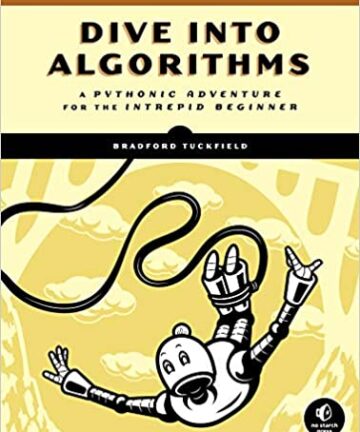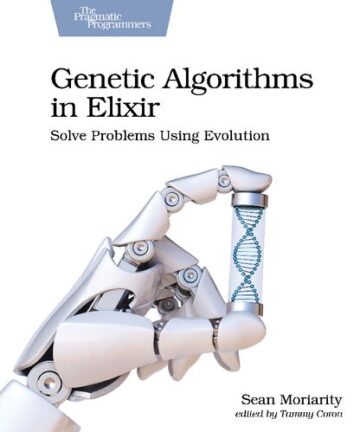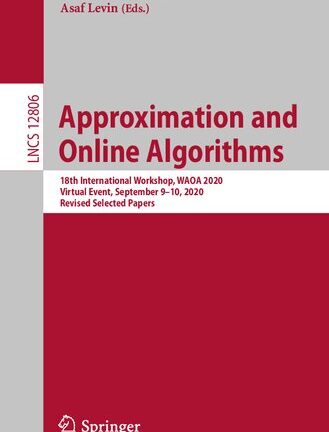Description
What you will learn
- Test your application using advanced testing methodologies
- Develop an awareness of application structures, interface design, and tooling
- Create strategies for third-party packages, dependencies, and vendoring
- Get to know tricks on treating data such as collections
- Handle errors and cleanly pass them along to calling functions
- Wrap dependencies in interfaces for ease of portability and testing
- Explore reactive programming design patterns in Go
About the Author
Aaron Torres received his master’s of science degree in computer science from New Mexico Institute of Mining and Technology. He has worked on distributed systems in high performance computing and in large-scale web and microservices applications. He currently leads a team of Go developers that refines and focuses on Go best practices with an emphasis on continuous delivery and automated testing.
Aaron has published a number of papers and has several patents in the area of storage and I/O. He is passionate about sharing his knowledge and ideas with others. He is also a huge fan of the Go language and open source for backend systems and development.
Key Features
- Discover a number of recipes and approaches to develop modern back-end applications
- Put to use the best practices to combine the recipes for sophisticated parallel tools
- This book is based on Go 1.8, which is the latest version
Table of Contents
- I/O and File Systems
- Command Line Tools
- Data Conversion and Composition
- Error Handling in Go
- All about Databases and Storage
- Web Clients and APIs
- Microservices for applications in Go
- Testing
- Parallelism and Concurrency
- Distributed Systems
- Reactive Programming and Data Streams
- Serverless Programming
- Performance Improvements, Tips, and Tricks
Book Description
Go (a.k.a. Golang) is a statically-typed programming language first developed at Google. It is derived from C with additional features such as garbage collection, type safety, dynamic-typing capabilities, additional built-in types, and a large standard library.
This book takes off where basic tutorials on the language leave off. You can immediately put into practice some of the more advanced concepts and libraries offered by the language while avoiding some of the common mistakes for new Go developers.
The book covers basic type and error handling. It explores applications that interact with users, such as websites, command-line tools, or via the file system. It demonstrates how to handle advanced topics such as parallelism, distributed systems, and performance tuning. Lastly, it finishes with reactive and serverless programming in Go.






Reviews
There are no reviews yet.